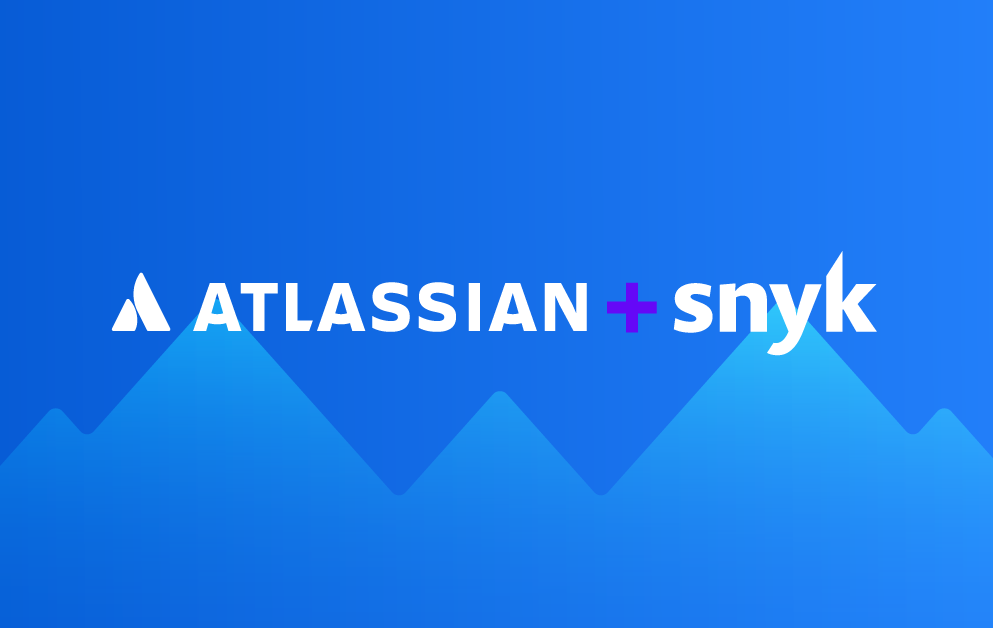AWS DevOps Blog
Category: Compute
Automated CI/CD pipeline for .NET Core Lambda functions using AWS extensions for dotnet CLI
The trend of building AWS Serverless applications using AWS Lambda is increasing at an ever-rapid pace. Common use cases for AWS Lambda include data processing, real-time file processing, and extract, transform, and load (ETL) for data processing, web backends, internet of things (IoT) backends, and mobile backends. Lambda natively supports languages such as Java, Go, […]
Securing Amazon EKS workloads with Atlassian Bitbucket and Snyk
This post was contributed by James Bland, Sr. Partner Solutions Architect, AWS, Jay Yeras, Head of Cloud and Cloud Native Solution Architecture, Snyk, and Venkat Subramanian, Group Product Manager, Bitbucket One of our goals at Atlassian is to make the software delivery and development process easier. This post explains how you can set up […]
Deploying a ASP.NET Core web application to Amazon ECS using an Azure DevOps pipeline
For .NET developers, leveraging Team Foundation Server (TFS) has been the cornerstone for CI/CD over the years. As more and more .NET developers start to deploy onto AWS, they have been asking questions about using the same tools to deploy to the AWS cloud. By configuring a pipeline in Azure DevOps to deploy to the […]
Monitoring and management with Amazon QuickSight and Athena in your CI/CD pipeline
One of the many ways to monitor and manage required CI/CD metrics is to use Amazon QuickSight to build customized visualizations. Additionally, by applying Lean management to software delivery processes, organizations can improve delivery of features faster, pivot when needed, respond to compliance and security changes, and take advantage of instant feedback to improve the […]
Identifying and resolving security code vulnerabilities using Snyk in AWS CI/CD Pipeline
The majority of companies have embraced open-source software (OSS) at an accelerated rate even when building proprietary applications. Some of the obvious benefits for this shift include transparency, cost, flexibility, and a faster time to market. Snyk’s unique combination of developer-first tooling and best in class security depth enables businesses to easily build security into […]
Migrating ASP.NET applications to Elastic Beanstalk with Windows Web Application Migration Assistant
This blog post discusses benefits of using AWS Elastic Beanstalk as a business application modernization tool, and walks you through how to use the new Windows Web Application Migration Assistant. Businesses and organizations in all types of industries are migrating their workloads to the Cloud in ever-increasing numbers. Among migrated workloads, websites hosted on Internet […]
Using AWS Lambda and Amazon SNS to Get File Change Notifications from AWS CodeCommit
Notifications are an important part of DevOps workflows. Although you can set them up from any stage in the CI or CD pipelines, in this blog post, I will show you how to integrate AWS Lambda and Amazon SNS to extend AWS CodeCommit. Specifically, the solution described in this post makes it possible for you to […]
How to Use Cross-Account ECR Images in AWS CodeBuild for Your Build Environment
AWS CodeBuild now makes it possible for you to access Docker images from any Amazon Elastic Container Registry repository in another account as the build environment. With this feature, AWS CodeBuild allows you to pull any image from a repository to which you have been granted resource-level permissions. In this blog post, we will show […]
Use AWS CodeDeploy to Implement Blue/Green Deployments for AWS Fargate and Amazon ECS
We are pleased to announce support for blue/green deployments for services hosted using AWS Fargate and Amazon Elastic Container Service (Amazon ECS). In AWS CodeDeploy, blue/green deployments help you minimize downtime during application updates. They allow you to launch a new version of your application alongside the old version and test the new version before […]







